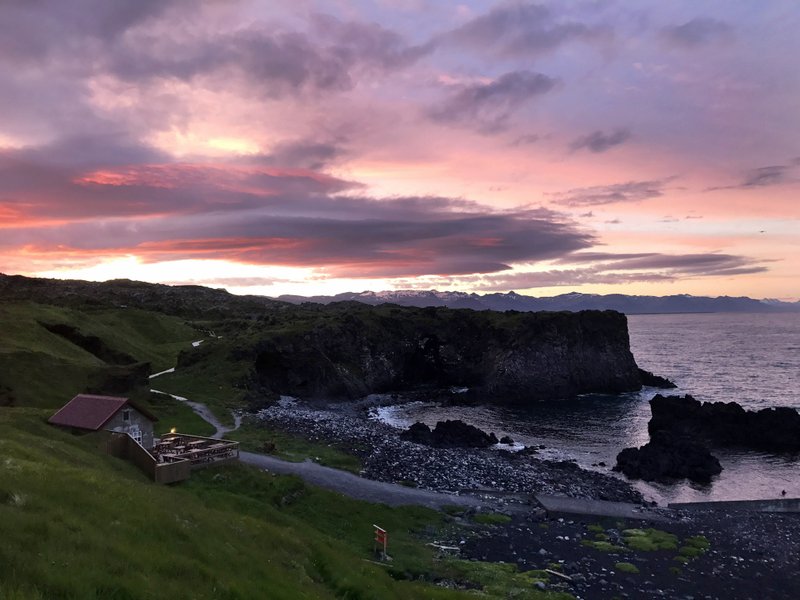Iceland has become the coldest tourism hot spot — and for good reason. A relatively easy flight from practically anywhere in the United States deposits passengers a short drive away from the Blue Lagoon; an hour later, you can be neck-deep in the lava field's natural geothermal spa.
The Golden Circle is another must-do. It's a loop from Reykjavik to the center of Iceland and back. Visitors pass through glorious landscapes that include molten lava eruptions and some of the most spectacular waterfalls before returning to a once relatively quiet capital city now booming with restaurants, souvenir shops, museums and bars.
While it's still possible to find spots in Iceland that look like a mural, its go-to destinations are often overcrowded. Tickets for the Blue Lagoon are frequently sold out. The Golden Circle has become so tourist-ridden that you can simply follow the slow-moving buses rather than use GPS. And if you dare enter a Reykjavik restaurant without a reservation, you'd better be dining at 4 p.m. If you prefer the road less traveled, go there during the less popular winter months (though it's cold and dark) or make your reservations early.
Remarkably, however, you can experience geothermal saunas, glaciers, caves and more after driving about an hour northwest from Reykjavik to a portion of the country that seems virtually untouched by tourists: the region known as West Iceland.
The water flowing into Krauma, a geothermal bath in Reykholt, arrives directly from the smallest glacier in Iceland before being dispersed into five baths of varying temperature. (Only true Icelanders could dip more than their toes in the hottest of the baths.) If you go midweek, you may be the only people there.
Vatnshellir Cave, within Snaefellsjokull National Park, offers guided tours of an 8,000-year-old, below-the-surface lava cave. After descending in a spiral, wearing a provided helmet and headlamp, you'll feel like you've entered a different planet. (Pro tip: Although it may have been warm enough for a fugitive couple to allegedly live there comfortably centuries ago, it's now bitterly cold in winter, so dress appropriately.)
If you take the Into the Glacier tour, which departs from Husafell or the Klaki base camp, depending on the season, you'll ride in a ridiculously large vehicle — or atop a snowmobile — to Iceland's second-largest glacier, Langjokull. Then, you'll enter a minuscule opening into a magnificent ice cave, complete with an ice bar and an ice chapel. Yes, you can get married there.
West Iceland also offers the only full sheep farm in the country: At remote Bjarteyjarsandur, visitors can herd sheep (traditionally, children race after the animals while adults sip whiskey and watch), shear sheep, pick wild mussels and do other chores, depending on the season. Guests can stay at one of four on-site mountain cottages, as well as inside the farmhouse with the owners, and experience a true farm-to table meal at the farm's tiny restaurant.
Another only-in-West-Iceland experience is the Bjarnarhofn Shark Museum in the Snaefellsnes Peninsula, where you can learn all about fermented shark meat, a traditional Icelandic dish, and sample it along with Iceland's signature spirit — Brennivín schnapps.
Travel on 03/10/2019
